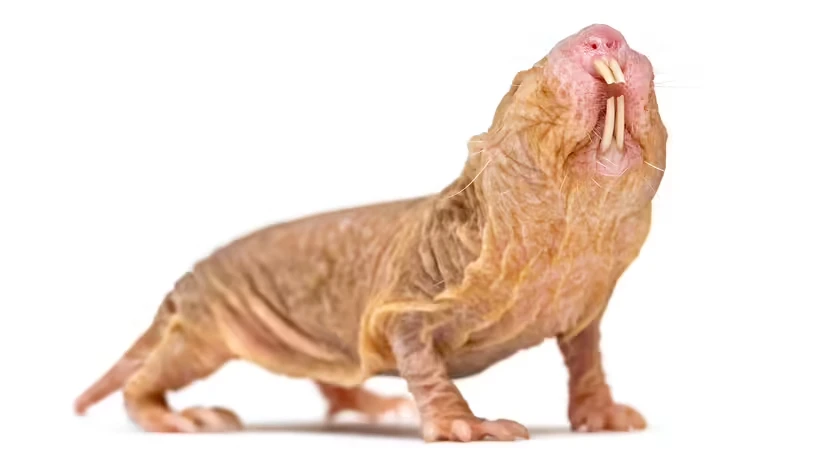
Short take: The naked mole rat (Heterocephalus glaber) is a hairless, wrinkly, long-lived rodent from East Africa that lives like ants: one queen, a few breeders, and many workers in sprawling underground cities. It shrugs off low oxygen, feels little pain, and can live up to ~30 years—astonishing...
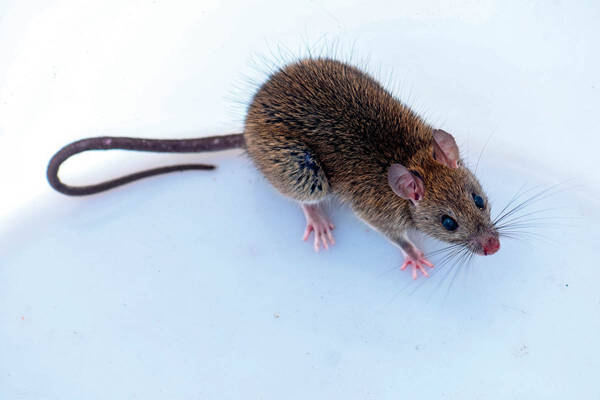
The yellow-breasted rat belongs to the Murinae subfamily. The scientific name of the yellow-breasted rat is very confusing, and it was once used as <Rattus flavipectus> for a long time. Musser & Carleton (2005) restored <Rattus tanezumi> as the species name of the yellow-breasted rat...
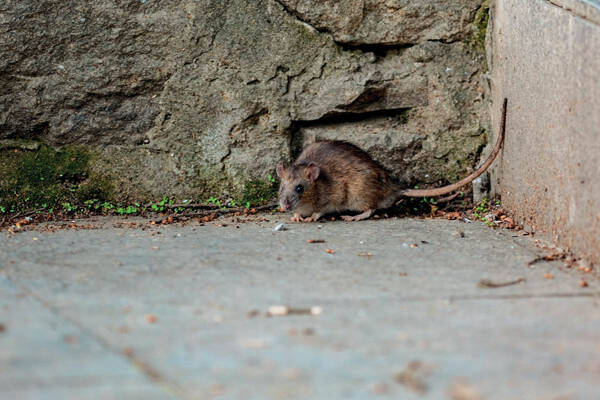
Brown rats belong to the subfamily Murinae. The species-level classification status is stable, but there are many synonyms and subspecies, and the issue of its merger is controversial. The individuals of this species are smaller in the north and larger in the south. They mainly live in houses and ar...
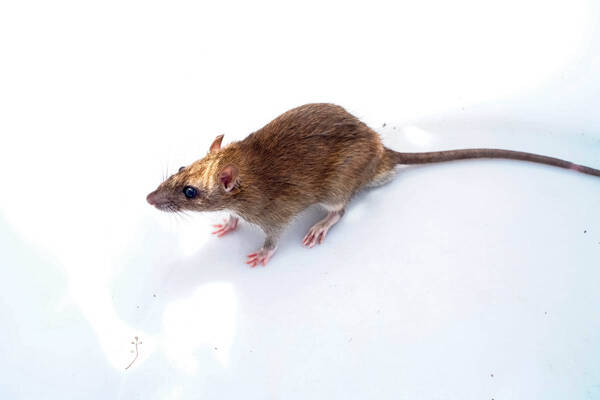
Big-footed rats belong to the Murinae subfamily. The species status is stable, but there are many synonyms, and there are great differences of opinion on the merging of these synonyms. This species mainly inhabits farmland and shrubs, and is generally not in houses. It is similar to the brown rat of...
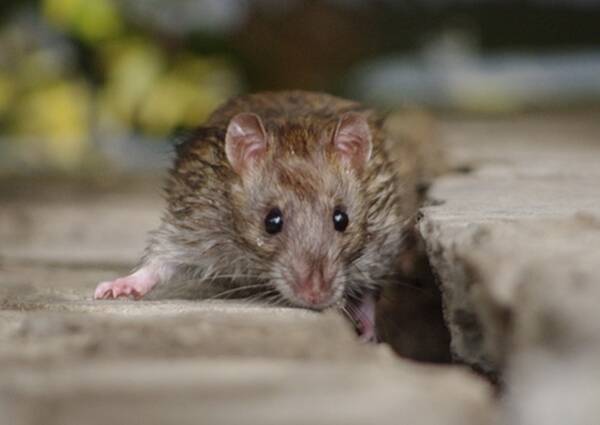
The yellow-haired rat belongs to the Murinae subfamily. The type origin of this species is Taiwan, my country. The species-level classification unit is stable, with few synonyms, but there are also disputes. It is mainly distributed in farmland, shrubs, mangroves, and garbage dumps around houses. It...

The black-margined rat belongs to the Murinae subfamily. This species was previously considered a synonym of the black house rat (<Rattus rattus>). It was not until Musser & Caeleton (2005) that it was made an independent species. It is a relatively special species in the genus Rattus, wit...
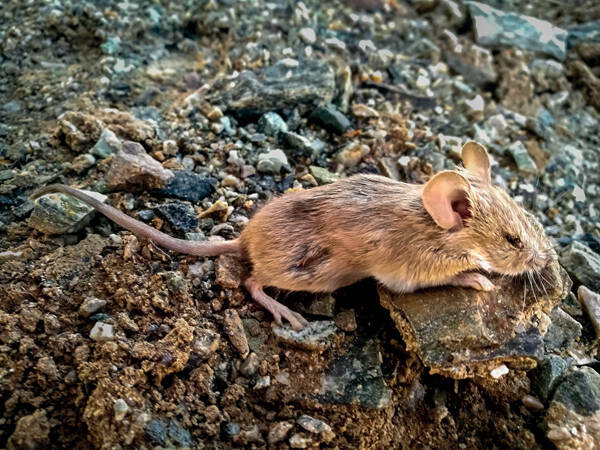
The house mouse belongs to the Murinae subfamily. The species originated in India and arrived at the Mediterranean coast at the end of the Pleistocene. The time of its entry into my country is unknown. The species is considered to be an unintentional introduction. In Xinjiang, Tibet, Qinghai, and th...
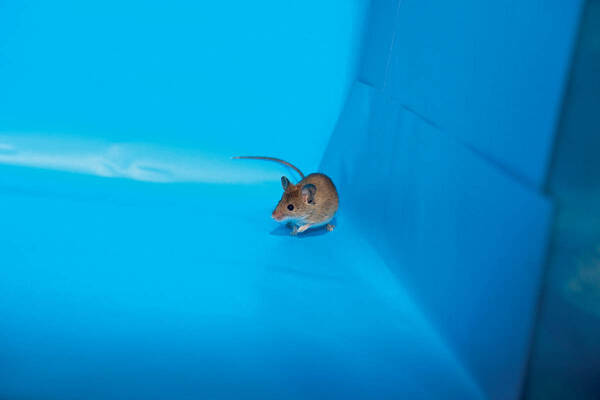
Castelloni's mouse belongs to the Murinae subfamily. The origin of the model is the Ryukyu Islands of Japan, so it is also called the Ryukyu House Mouse. my country is also the natural distribution area of this mouse. Unlike the house mouse, it is an alien species. Castelloni's mouse is an i...

The needle-haired mouse belongs to the Murinae subfamily. The species-level classification status is stable. The distribution altitude span is narrower than that of the communal mouse, generally not exceeding 1000m, and the vegetation type of the habitat is relatively simple, mainly distributed in b...
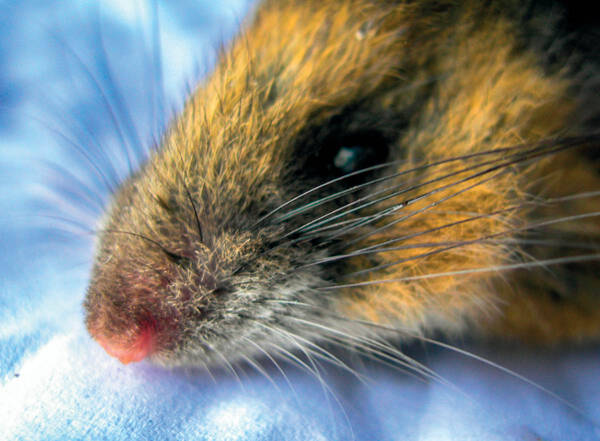
Gray-bellied rat belongs to the Murinae subfamily. The classification status is stable and undisputed. However, the differentiation of subspecies needs further study. It is a forest animal of medium and high altitudes, and the population is large in suitable habitats.Main uses and values: ornamental...
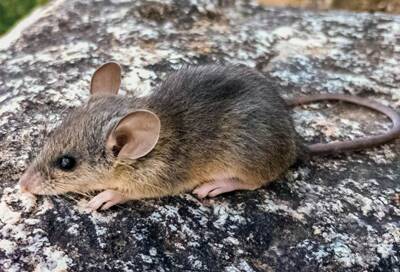
The Sichuan White-bellied Rat belongs to the Murinae subfamily. Previously, the Sichuan White-bellied Rat was considered a synonym of the Northern Rat. After the 1980s, its independent status was gradually accepted. The Sichuan White-bellied Rat is a larger individual of the genus Murina. It is a me...
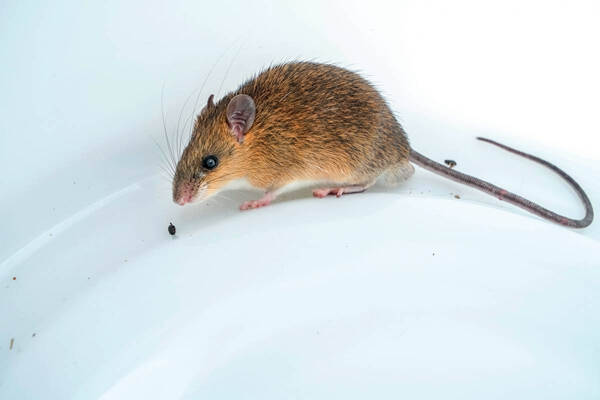
The Northern Society Rat belongs to the Murinae subfamily. The species-level classification status is stable, with many subspecies and some controversy. In appearance, it is somewhat confused with the Niviventer excelsior and Niviventer fulvescens. However, the Niviventer excelsior is larger, with a...
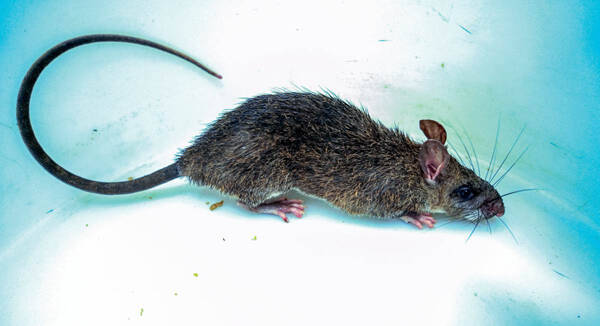
The white-bellied giant rat belongs to the Murinae subfamily and the genus Long-tailed Rat. There are 4 species in this genus worldwide, and only the white-bellied giant rat, also known as the small bubble giant rat, is found in China. It is distributed at low altitudes, generally not exceeding 1000...
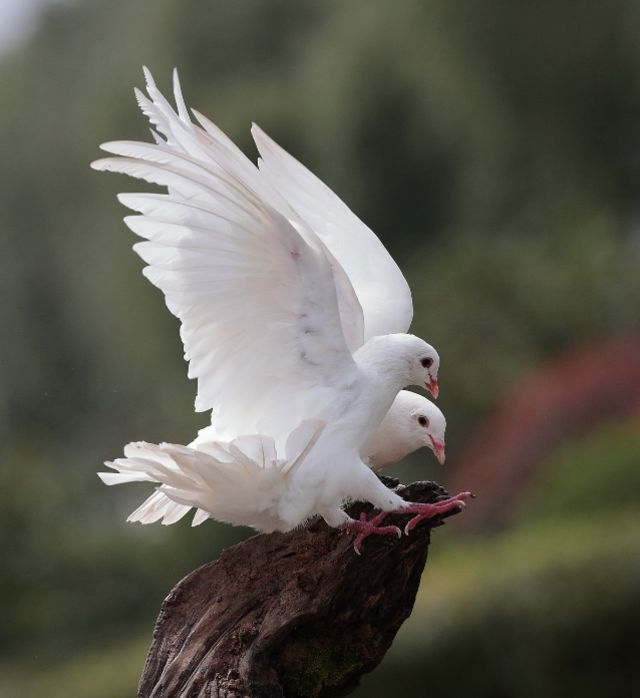
Warm-blooded animals, also known as endotherms, maintain a relatively constant body temperature regardless of the environmental conditions. Unlike cold-blooded animals, their internal mechanisms regulate heat through metabolic processes. The average body temperatures of warm-blooded animals can vary...

What are invasive animals? Understand their impact on ecosystemsInvasive animals, also called exotics or exotic species, are animals that are introduced into new environments outside of their native habitats and have a negative impact on local ecosystems. These animals are able to rapidly reproduce...
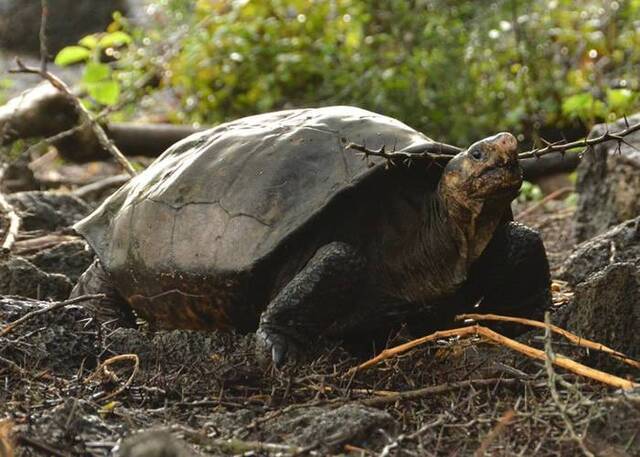
Giant tortoise evolution: a miracle of natural selection and survival strategyGiant tortoises, as one of the oldest and most unique reptiles on Earth, are known for their amazing size and long evolutionary history. Their huge size not only makes them a wonder of nature, but also provides scientists...

Introduction to rodent species in ConnecticutConnecticut is located in the northeastern United States and is known for its rich natural resources and diverse ecosystems. Due to its mild climate and extensive forest cover, Connecticut has become an ideal place for many rodent species to live and repr...

The lifespan of rats varies by species and environment; generally speaking, wild rats have shorter lifespans than rats raised in homes. The following is a detailed introduction to the life span range and influencing factors of some common mice:House mouse: House mouse, also known as laboratory mouse...

Bamboo rats, also known as rats, hamsters or fighting rats, are a common livestock animal. They are often used as food animals or pets. Here is a detailed introduction to raising bamboo rats:Advantages of raising bamboo rats:Easy to propagate:Bamboo rats have strong reproductive ability and fast rep...